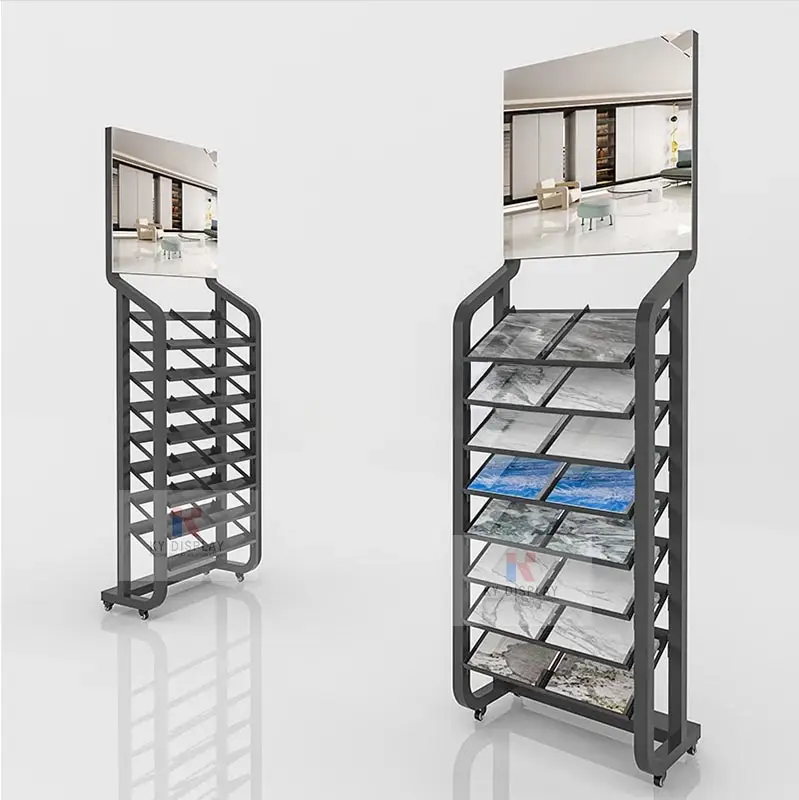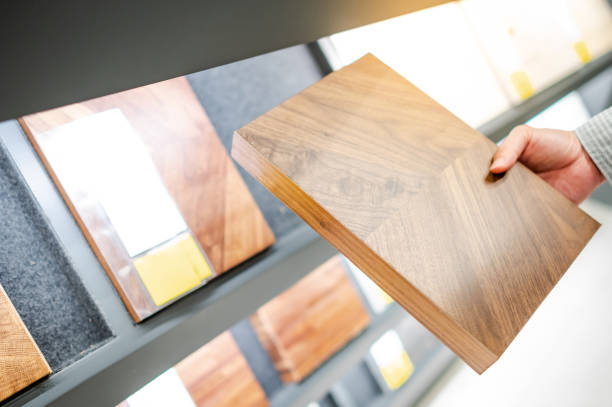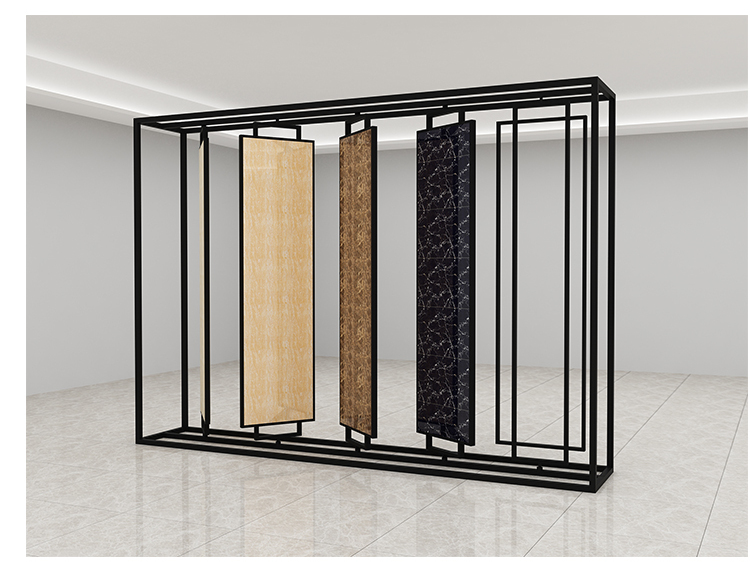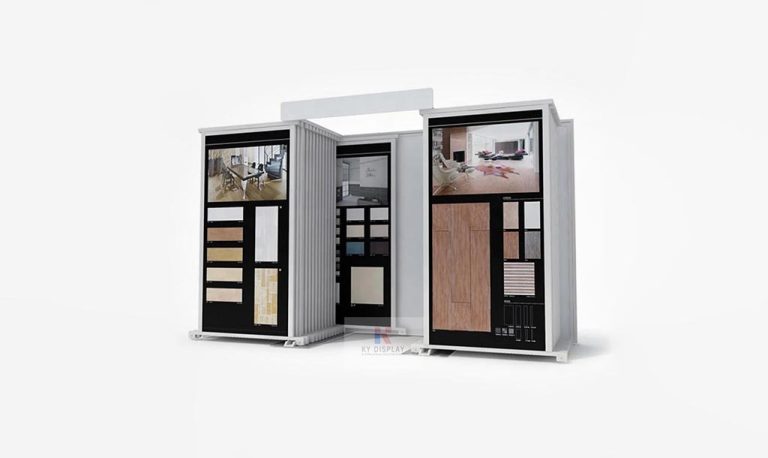A STONE DISPLAY SOLUTION EXPERT !

How to Choose the Right Commercial Tile Display Rack for Your Showroom Investment
Table of Contents

When outfitting a tile showroom, choosing a commercial tile display rack isn’t just about appearance — it’s about performance, safety, longevity, and ROI. Whether you’re a tile showroom owner, a procurement manager, or a distributor, the right tile display solution can directly affect customer conversion rates and long-term profitability.
This guide breaks down what professionals should prioritize when selecting a tile display system, focusing on technical standards, real-world cost implications, and risk mitigation strategies.
1. Know Your Audience & Sales Goals
Before investing, define your core goal: Do you want to reduce customer decision time? Enhance brand perception? Increase product exposure in limited space? The tile sample rack should be tailored to these objectives.
A buyer’s average dwell time increases by 26% in showrooms where samples are easily accessible and attractively presented. A well-designed showroom tile display stand can translate to better customer interaction and a higher sales closure rate — reducing the 73% buyer abandonment rate seen in cluttered or outdated showrooms.
2. Focus on ROI, Not Just Unit Price
A common trap is comparing only unit prices. Savvy buyers know to focus on Total Cost of Ownership (TCO), which includes:
- Durability (e.g., powder-coated finishes vs. painted steel)
- Maintenance costs
- Product lifespan
A heavy duty tile rack with 500lb load capacity and rust-resistant steel may cost more upfront, but will last over 5 years with zero major repairs. On the other hand, basic consumer-grade racks may warp or fail within 18 months, costing over $1,000/year in replacement or repair — and increasing sample damage costs.
A recent incident in a California showroom saw over $15,000 in losses due to a collapsed stand that lacked safety certification.
3. Check the Technical Specifications
Don’t overlook the specs. A true commercial tile display rack should meet industry-grade requirements, including:
- Load Capacity: Minimum 500lb static load
- Material: 12mm tempered safety glass or powder-coated steel
- Color Rendering Index (CRI): CRI >90 for accurate tile color presentation
- Seismic Ratings: Especially in earthquake-prone zones (e.g., ANSI/NEBS Zone 4)
If you’re building a premium experience, your lighting system and rack alignment must work together. Substandard CRI lighting can lead to color mismatch complaints and returns.
4. Verify Certifications and Standards
Look for certifications like:
- ANSI/BIFMA Compliance (for weight and structural safety)
- ISO 9001 manufacturing standards
- Optional: UL certification for lighting-integrated units
These aren’t just badges — they reflect tested performance under stress and ensure your business is protected from liability and product failure.
5. Understand the Procurement and Installation Process
Most commercial buyers follow a phased procurement strategy:
Phase 1 – Sample review + test installation
Phase 2 – Full showroom integration
Phase 3 – Ongoing supplier evaluation & warranty activation
Choose vendors who offer:
- CAD design previews
- Custom branding options
- Install-in-1-day services
- Extended warranty (minimum 2 years)
Also, define the acceptance testing procedures clearly: verify the number of slots, rack alignment, and any movable parts like swing panels. Reliable suppliers like KYDISPLAY offer step-by-step visual guides and technical support.
6. Align Budget with Business Goals
If you’re comparing between entry-level units and commercial tile display racks, consider these TCO comparisons:
| Option | Upfront Cost | Lifespan | Avg. Annual Cost | Total After 5 Years |
|---|---|---|---|---|
| Basic Wood Rack | $300 | 1 year | $300 | $1,500 |
| Commercial Steel Rack | $780 | 5 years | $156 | $780 |
Though the commercial tile display rack has a higher upfront cost, it delivers greater structural integrity and aesthetics — all while lowering annual costs and presenting fewer maintenance issues.
Final Checklist Before You Buy
- ✅ Does it meet ANSI/BIFMA standards?
- ✅ Can it support at least 500lb?
- ✅ Is the design space-efficient and ergonomic?
- ✅ Is there a solid supplier warranty?
- ✅ Is the vendor experienced in phased implementation?
Choosing the right tile display system goes beyond product specs. It’s a long-term strategic investment in your brand experience, safety assurance, and financial outcomes.
Conclusion
The most successful showrooms use professionally engineered commercial tile display racks not only to display products but to build trust, streamline buyer decisions, and secure higher conversion rates.
A high-performance tile sample rack is not an expense — it’s an asset. By focusing on safety, TCO, and certified quality, procurement managers and business owners can minimize risk, enhance customer experience, and maximize return on every square foot of showroom space.







